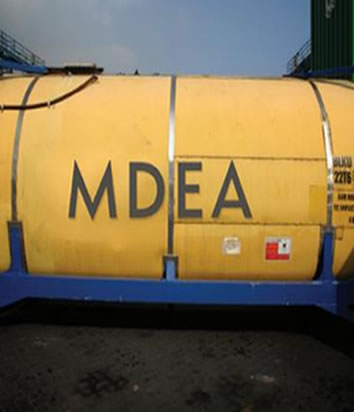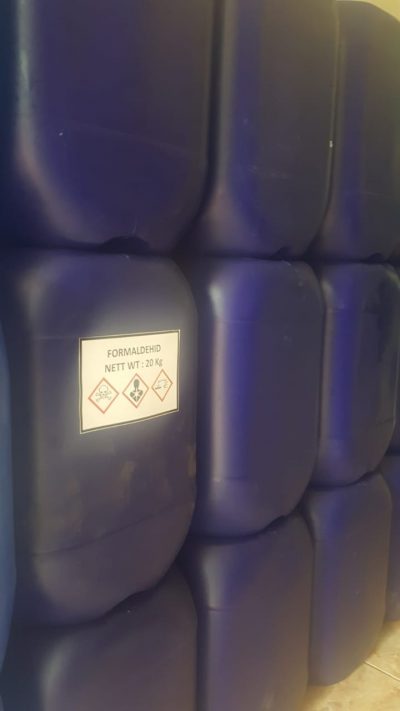Product Description
Sodium Sianida
Gold cyanidation Cyanide is mainly produced for the mining of gold and silver: It helps dissolve these metals and their ores. In the cyanide process, finely ground high-grade ore is mixed with the cyanide (concentration of about two kilogram NaCN per tonne); low-grade ores are stacked into heaps and sprayed with a cyanide solution (concentration of about one kilogram NaCN per ton). The precious metals are complexed by the cyanide anions to form soluble derivatives, e.g., [Au(CN)2]- and [Ag(CN)2]
4 Au + 8 NaCN + O2 + 2 H2O ? 4 Na[Au(CN)2] + 4 NaOH
Silver is less “noble” than gold and often occurs as the sulfide, in which case redox is not invoked (no O2 is required). Instead, a displacement reaction occurs:
Ag2S + 4 NaCN + H2O ? 2 Na[Ag(CN)2] + NaSH + NaOH
The “pregnant liquor” containing these ions is separated from the solids, which are discarded to a tailing pond or spent heap, the recoverable gold having been removed. The metal is recovered from the “pregnant solution” by reduction with zinc dust or by adsorption onto activated carbon. This process can result in environmental and health problems. A number of environmental disasters have followed the overflow of tailing ponds at gold mines. Cyanide contamination of waterways has resulting in numerous cases of human and aquatic species mortality.
Aqueous cyanide is hydrolyzed rapidly, especially in sunlight. It can mobilize some heavy metals such as mercury / air raksa if present. Gold can also be associated with arsenopyrite (FeAsS), which is similar to iron pyrite (fool’s gold), wherein half of the sulfur atoms are replaced by arsenic. Gold-containing arsenopyrite ores are similarly reactive toward inorganic cyanide.
Cyanide is also used in electroplating, where it stabilizes metal ions in the electrolyte solution prior to their deposition.




